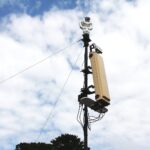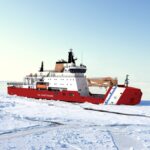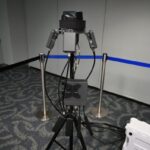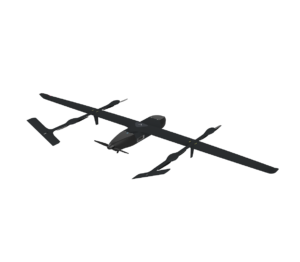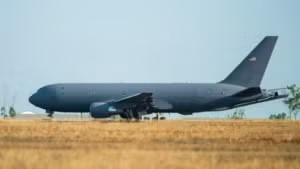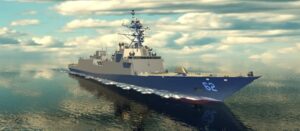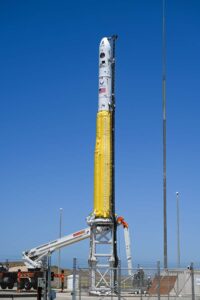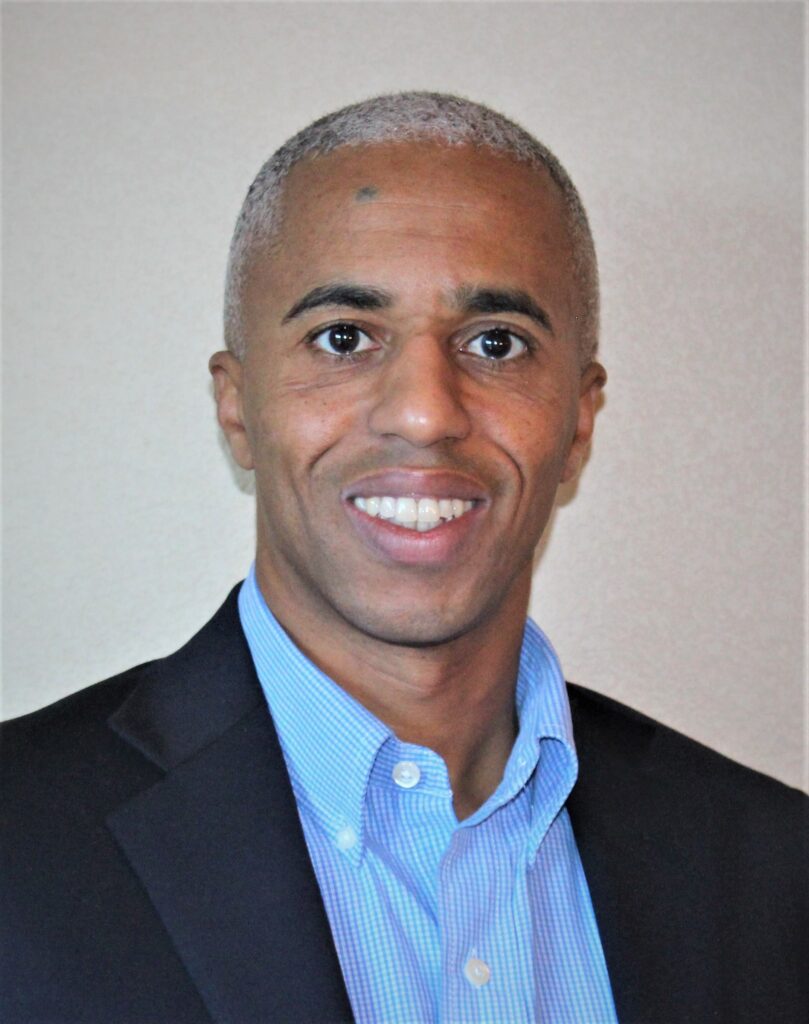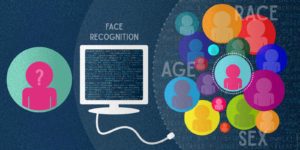
In a new round of testing of facial recognition algorithms submitted by different vendors, the top products demonstrated highly accurate matching rates in simulating boarding of airline passengers, says the government agency that conducted the evaluations. In one-to-many testing, the seven best performing algorithms successfully identified passengers 99.5 percent of the time if the databased contained a single image of each individual and the top performing algorithm had a nearly 99.9 percent accuracy rate, says the National Institute of Standards…

 By
By 
